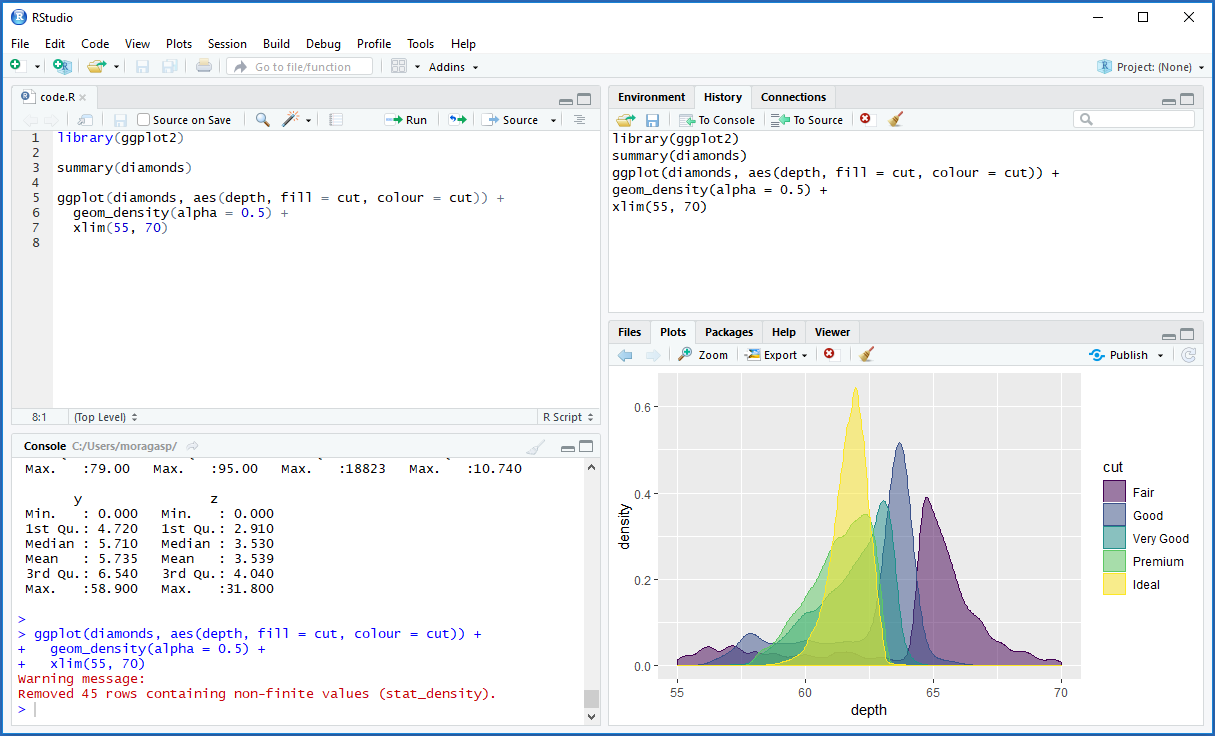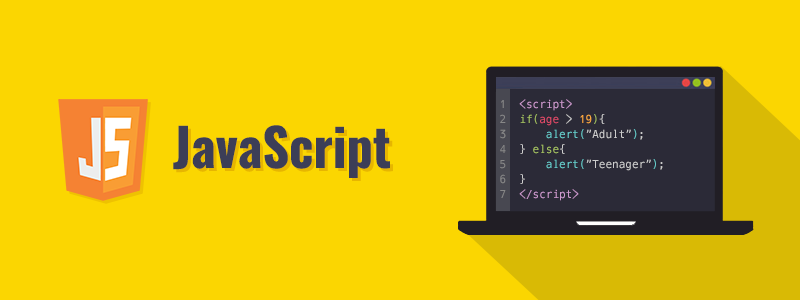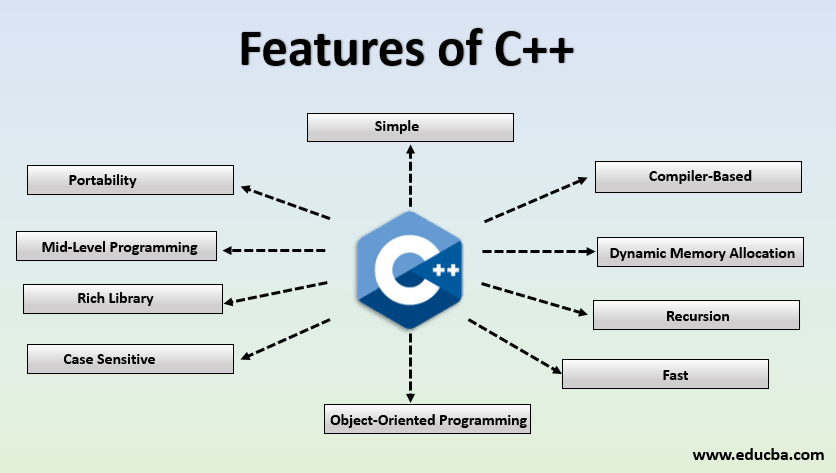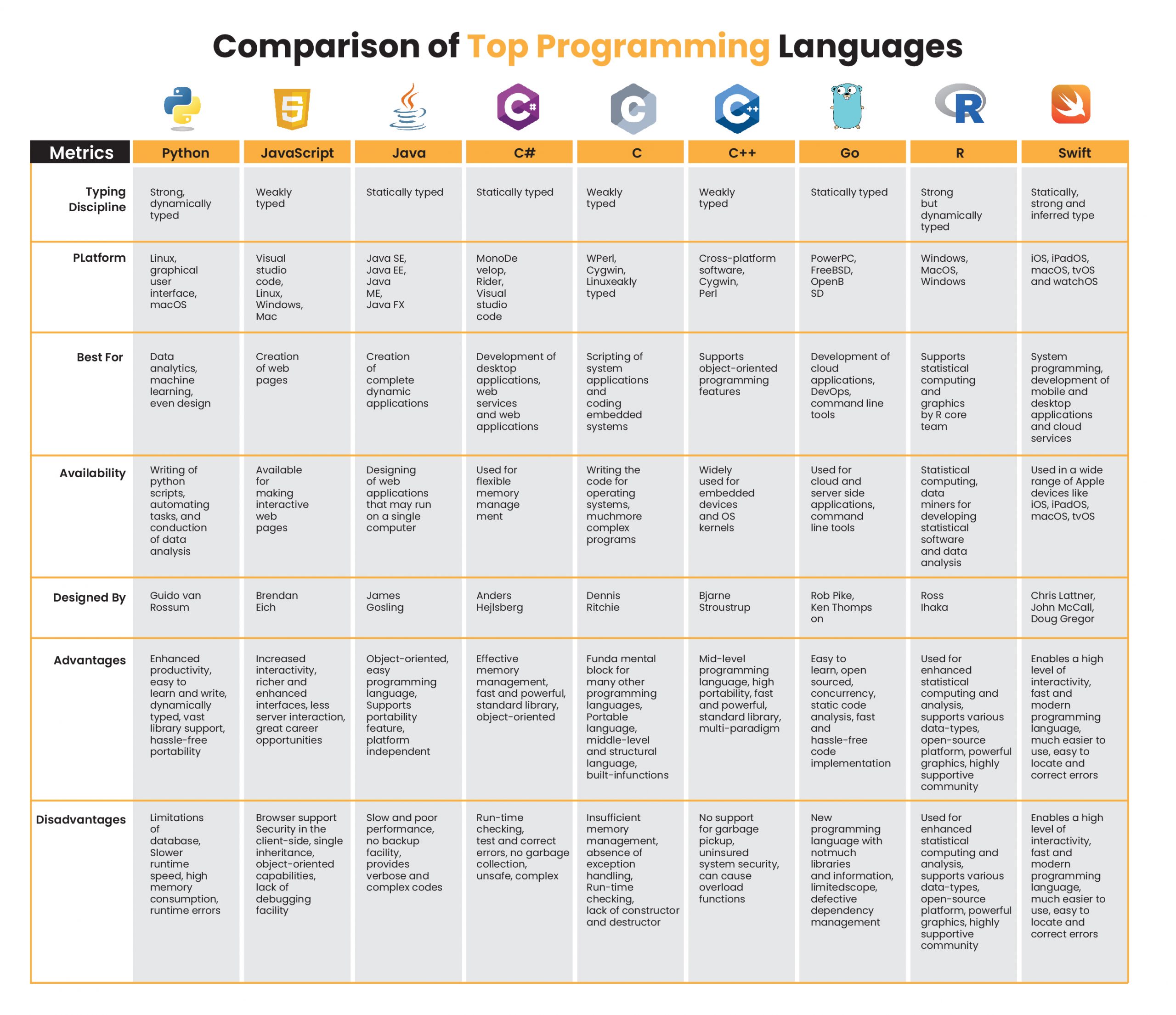Introduction
A branch of artificial intelligence is called machine learning (AI). The main aim of machine learning is to comprehend the structure of data and fit it into models that people can comprehend and use.
Despite being a branch of computer science, machine learning is distinct from conventional computational methods. Algorithms are collections of deliberately coded instructions that computers employ to do calculations or solve problems in conventional computing. Instead, machine learning techniques enable computers to train on data inputs and make use of statistical analysis to produce values that fall within a given range. In order to automate decision-making processes based on data inputs, machine learning enables computers to develop models from sample data.
Programming languages for ML
You now have a fundamental grasp of machine learning (ML) and its practical applications, but it could be challenging to know where to begin. Learning at least one of the primary programming languages used in machine learning is a solid starting point.
Let's discuss the popularity among data scientists before we get started. Python was the most popular programming language in 2018, according to Stack Overflow's Developer Survey, which was preceded by surveys on Java and Javascript.

Python
Python is a preferred programming language because of its extensive capabilities, applicability, and simplicity. Due to its independent platform and widespread use in the programming community, the Python programming language is the most suitable for machine learning.

Another output of the Developer Survey is this graph, which shows common Python use cases. With a use rate of roughly 26%, web development initially appears to be Python's most common application. But when data analysis and machine learning are combined, a startling 27% is revealed. Why then is Python so often used for ML?
Before we begin, it is important to note that standard software projects and AI initiatives differ in terms of the technological stack and technical expertise needed. Because of this, picking a programming language that is reliable, adaptable, and equipped with a wide range of tools is crucial. All of the criteria are met by Python.
In addition to being straightforward and consistent, it has a strong community that contributes to the development of numerous machine learning frameworks and libraries. These are collections of pre-written Python code that aid machine learning engineers in solving typical problems rapidly and producing goods considerably more swiftly.
Features of Python:

Python is the ideal choice for team implementation and has dead simple syntax, making it more intuitive than other programming languages. Instead of getting caught up in the details of the language, developers can concentrate on the ML issue at hand, such as challenging algorithms or flexible processes. Just look at this straightforward illustration:
C:

Java:

Python:
As you can see from the comparison of the basic code for printing hello world in C, Java, and Python above, the latter is the most straightforward and user-friendly language.
Given that it is supported by Linux, Windows, and macOS without the requirement for a Python interpreter, Python is also very flexible and platform-independent.
R
Let's now examine R. For advanced statistics and data visualization, R was created. This is the language for anyone who wishes to comprehend the mathematical operations involved in machine learning or statistics.
In terms of data analysis and visualization, R surpasses Python. In order to create your ML models, it enables rapid prototyping and data work. R would outperform Python, for instance, if you were to divide up lengthy texts into words or phrases to search for patterns.
R also comes with a significant selection of tools and libraries to support your machine learning endeavors. These cutting-edge data analysis tools are designed for particular tasks like model validation or data visualization and cover both the pre-and post-modeling phases.
R competes with more expensive options like SAS and Matlab since it is free to download, has GNU packages, and has an active and helpful open-source community. Developers may produce statistical visualizations of ML algorithms using the IDE R Studio. R includes a terminal, editors that highlight syntax, and other helpful tools like workspace management, graphing, history, and debugging.

To get started with R and download R studio, check out its website.
When it comes to ML, the main debate is frequently between R and Python. While each has benefits and drawbacks, Python excels at repetitive work and data manipulation. Python is the best choice if you want to create a machine learning-based product. R is your best option if you need to do a thorough study.
Julia

We have now covered both of the ML mega languages in great detail. However, Julia is a true underdog since it was designed to match the capabilities of Python, MATLAB, and R as well as the execution speed of C++ and Java, despite not being as well known as Python and R. That alone should motivate you to do so! Java has two key benefits: it is fast and was created for parallelism. It's also not difficult to transition to because it seems like a scripting language, thus Python / R developers can learn it up quickly.
Julia is excellent for performing elementary math and science operations swiftly and is second only to Python in terms of AI for deep learning. Julia concentrates on and excels in the field of scientific computing. This computing power makes Julia more scalable and quick than Python and R.
Features of Julia:
Julia falls short of Python in terms of object-oriented programming, scalability, community, and library variety. It's still in its early stages. The majority of ML professionals utilize both: Python for the front end and Julia for deep learning on the backend, where it performs best.
JavaScript

JavaScript is probably not what comes to mind when you think of machine learning. Despite being predominantly used for web development, JavaScript has found its way into machine learning thanks to TensorFlow.js. TensorFlow.js is an open-source toolkit developed by Google that uses JavaScript or JavaScript in Node.js to build machine learning models in the browser. For those just experienced with web development, TensorFlow.js is an excellent way to get started with machine learning. TensorFlow.js supports WebGL, allowing your machine learning models to run when a GPU is available. For instance, the model can incorporate sensory data if consumers open the webpage on their phones. Tensorflow.js enables you to import pre-trained models that are already in existence, retrain an imported model, and build models directly within the browser. Let's examine the benefits and drawbacks of TensorFlow.js.


Many programmers are transferring machine learning (ML) from back-end servers to front-end applications. With TensorFlow.js, programmers can now design and run machine learning models in simple HTML without the use of complex backend infrastructure. You may simply create outstanding projects thanks to this ease. Here are a few illustrations:
Games using Ai.
Content recommendation engines.
Activity monitoring that learns usage patterns on a local network/ device.
Object detection, for example, to identify a license in a photo.
Scala

Scala is much faster than Python and combines the finest features of functional and object-oriented programming into a single high-level language. It is fairly simple to interact with Java code because it was initially designed for the Java Virtual Machine (JVM). With Scala's usage of static types, developers may quickly create high-performance systems while avoiding problems.
Features of Scala:

Regarding performance, learning curve, and usability, Scala is a solid option for Apache Spark (Apache Spark is a data processing framework for processing tasks on giant data sets and distributing data processing tasks through several computers).
C/C++

C/C++ and machine learning are difficult to pair. From the get-go, it seems like Python has many advantages over C/C++:
Python is more flexible, has a simple syntax, and is easier to learn
Using Python lets you focus on the nuances of ML, rather than the language
Tons of libraries and packages
You can work interactively with data just through the command line via the Python interpreter
Debugging in C/C++ for ML algorithms is much harder
Features of C/C++

C and C++ are a specialist in terms of machine learning because they are among the oldest programming languages. Because of its speed and amount of control—you can construct algorithms from scratch using C/C++—computer hardware experts favor C. C can be used to supplement existing machine learning initiatives.
Java

Java is typically known for enterprise development and backend systems. However, there are several reasons to choose Java over Python or R:
Since so many businesses use Java in their infrastructure, software, and other products, integration and compatibility problems are reduced.
A lot of popular data science frameworks such as Fink, Hadoop, Hive, and Spark are written in Java
Java can be used for a variety of data science tasks, including data cleansing, data import and export, statistical analysis, deep learning, natural language processing, and data visualization.
The Java Virtual Machine enables programmers to create tools much more quickly and write code that is equivalent across several platforms.
Applications built with Java are easy to scale with
Java is speedy and fast executing like C/C++, which is why Linkedin, Facebook, and Twitter use Java for some of their ML needs
Features of Java:

Comparison of all the programming languages

Conclusion
Finally, you considered the options for different programming languages, IDEs, and platforms when it comes to creating your own machine learning models. The following step is for you to begin studying and applying each machine learning approach. Although the subject is broad, which indicates that there is width, each topic may be taught in a short period of time due to its depth. Each subject stands alone from the others. You must think about one topic at a time, understand it, practice it, and use your chosen language to develop the associated algorithm(s). The ideal way to begin studying machine learning is in this manner. By working on one subject at a time, you would quickly develop the breadth necessary for a machine learning specialist.
